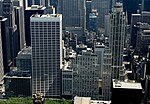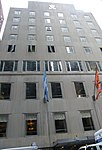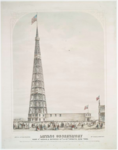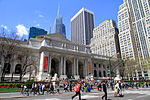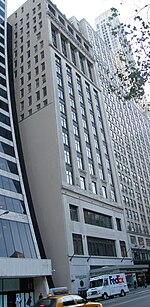Meinhard v. Salmon
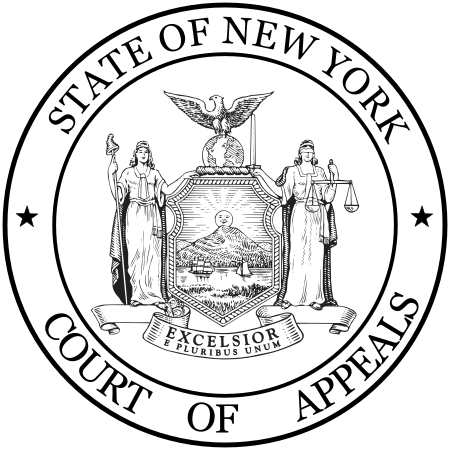
Meinhard v. Salmon, 164 N.E. 545 (N.Y. 1928), is a widely cited case in which the New York Court of Appeals held that partners in a business owe fiduciary duties to one another where a business opportunity arises during the course of the partnership. The court holds that the fiduciary duty of communication was breached where a partner in a joint venture failed to inform his co-partner of a profitable opportunity that was offered by a third-party who was ignorant of the partnership. Furthermore, the duty of loyalty was breached where the partner appropriated to himself a benefit arising from his status as a partner without allowing his co-partner an opportunity to compete. This holding relates to the doctrine of corporate opportunity.
Excerpt from the Wikipedia article Meinhard v. Salmon (License: CC BY-SA 3.0, Authors, Images).Meinhard v. Salmon
5th Avenue, New York Manhattan
Geographical coordinates (GPS) Address Nearby Places Show on map
Geographical coordinates (GPS)
| Latitude | Longitude |
|---|---|
| N 40.753836 ° | E -73.981279 ° |
Address
500 Fifth Avenue
5th Avenue 500
10035 New York, Manhattan
New York, United States
Open on Google Maps


